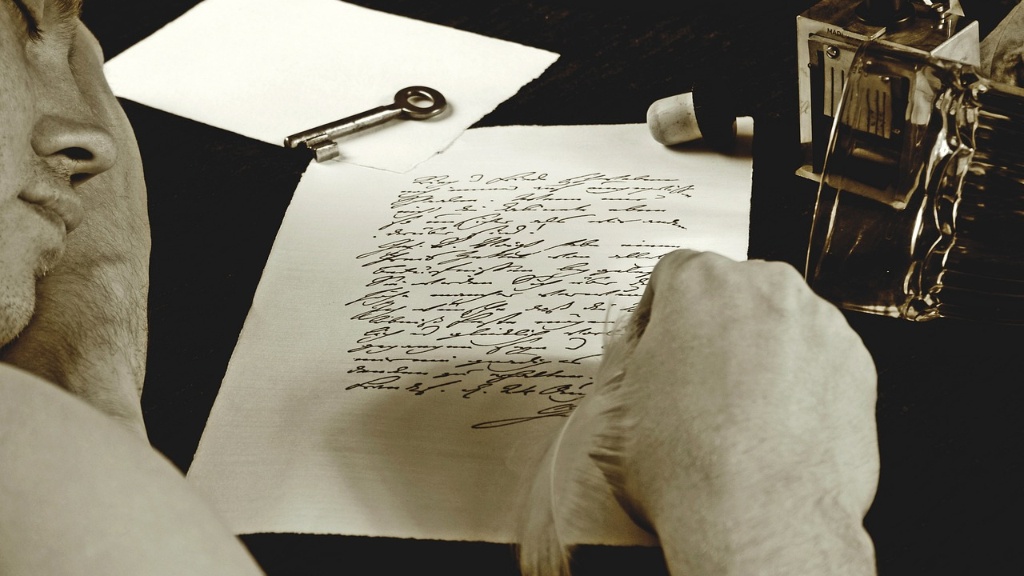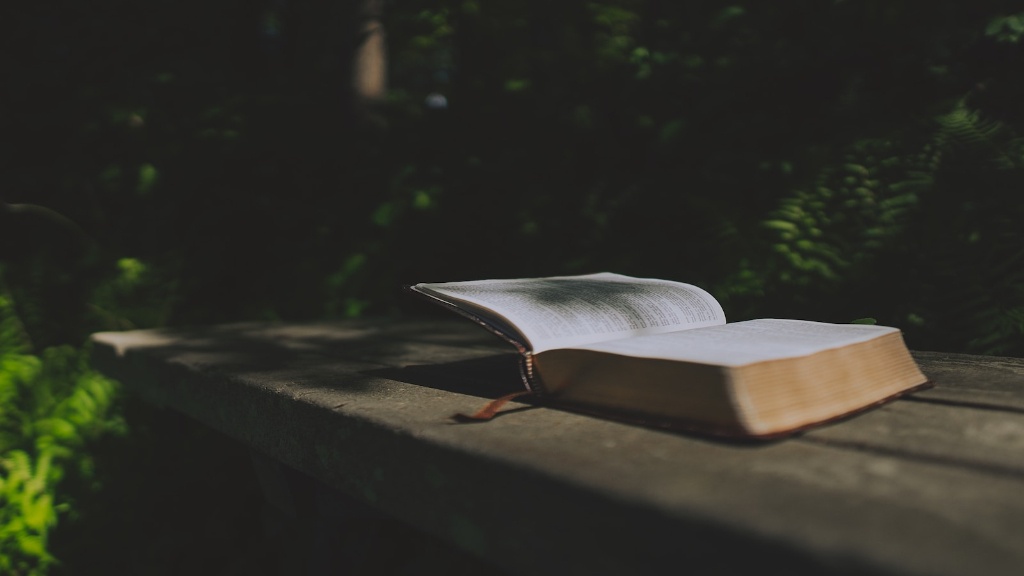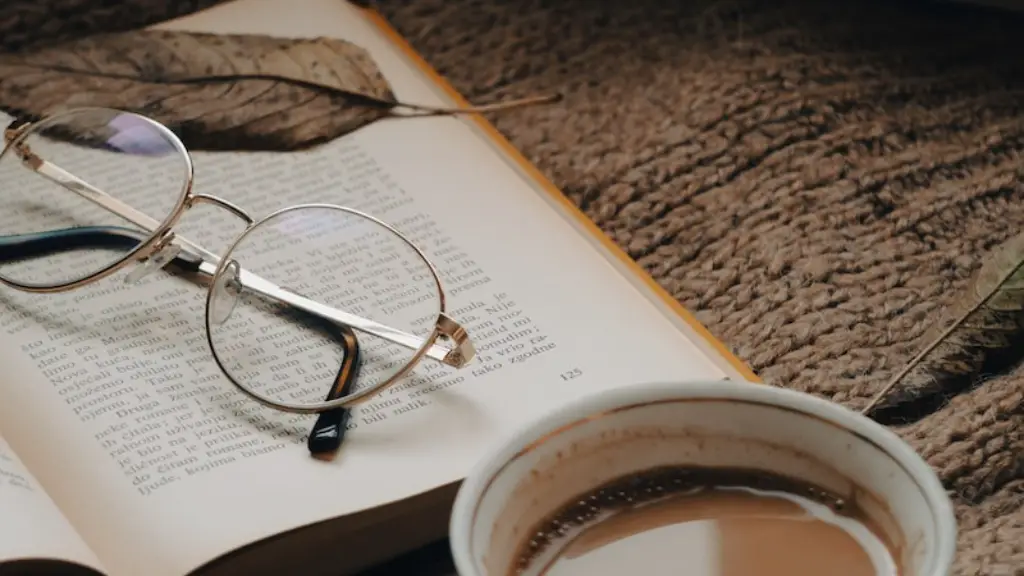How Many Different Kinds of Poetry Are There?
When it comes to the number of different types of poetry, the answer oftentimes varies. The fact is, there are many different varieties of poetry out there. Each type of poetry has its own unique qualities that distinguish it and make it special.
Types of Poetry
Generally, there are two main categories of poetry – traditional and modern. Within these two categories, there are numerous other types of poetry. Traditional poetry typically includes lyric, narrative, elegy, epic and haiku. Modern poetry includes free verse, slam and concrete.
Lyric Poetry
Lyric poetry is a type of traditional poetry that is usually lyrical and expresses emotion. This type of poetry does not tell a story, rather it is composed of the poet’s thoughts and feelings about a certain topic. Generally, lyric poems focus on a single subject and are composed in traditional meters. A few popular examples of lyric poetry include the sonnet, ode and villanelle.
Narrative Poetry
Narrative poetry is another form of traditional poetry that usually tells a story. This type of poetry has been used throughout history to recount legends, myths, and histories, as well as to explore personal experiences. While narrative poetry often follows the same traditional forms used in lyric poetry, there is more freedom when it comes to the length of each line and the focus of the poem.
Free Verse Poetry
Free verse poetry is a type of modern poetry that has no set structure or meter. This type of poetry is often described as ‘unrhymed poetry’ because it does not use traditional rhyme patterns or meter. Instead, free verse poetry is composed of a collection of words and phrases that capture the poet’s thoughts and feelings about a certain topic. Many poets use this type of poem to express a wide range of emotions and feelings.
Slam Poetry
Slam poetry is another type of modern poetry that uses both words and performance. This type of poetry combines verbal and physical performance to communicate a message. The poet usually performs the poem in a setting such as a theater or club, and the audience serves as a judge for the performance. Slam poetry is often used as a form of self-expression and to explore social issues.
Concrete Poetry
Concrete poetry, or shape poetry, is a type of modern poetry that focuses on visual presentation. This type of poetry is composed of words or phrases arranged in a specific shape that often relate to the meaning of the poem. Generally, concrete poetry uses the visual arrangement of words to emphasize the meaning of the poem. Popular examples of concrete poetry include cinquains, diamantes, and haiku.
Benefits of Writing Poetry
Writing poetry can be incredibly beneficial as it allows the poet to explore their own emotions and experiences, as well as express themselves creatively. Poetry also provides a great opportunity to hone writing and verbal spacial skills, as well as to exercise creativity. Additionally, writing poetry can broaden the poet’s horizons, expand their knowledge, and increase their ability to think critically and reflectively.
How to Start Writing Poetry
Starting to write poetry can be daunting, but there are a few steps that can help make the process easier. Firstly, it is important to familiarize yourself with the different types of poetry, as well as the techniques used in each. After that, it is important to find a method that works for you. Lastly, be open to experimenting and exploring. Poetry can be an emotional and creative outlet, so have fun with it.
Common Poetic Devices
When writing poetry, it can be helpful to use various poetic devices. Common poetic devices include alliteration, which is the repetition of beginning consonant sounds in words; assonance, which is the repetition of vowel sounds in words; and metaphor, which is a comparison of two unlike things. Additionally, rhyme, rhythm, and imagery are other popular poetic devices.
Where to Find Inspiration for Poetry
Finding inspiration for poetry can be as easy as looking within yourself and writing about your own emotions and experiences. Additionally, inspiration can come from the environment, news, stories, music, poetry, and photographs. Drawing inspiration from the world around you can help you create unique and powerful poems.
Creating Community with Poetry
While writing poetry is often a solitary activity, it can also be an opportunity to connect with other like-minded individuals. Online communities, websites and blogs dedicated to poets and poetry are a great way to develop a connection with other poets and find feedback for your work. Additionally, local groups, workshops, and open-mic events are excellent ways to connect with other poets and build community.
The Role of Poetry in the 21st Century
In the 21st century, poetry has become an important form of self-expression and communication. The rise of social media platforms, blogging, and online communities has given poets an opportunity to express their thoughts, feelings, and ideas to an ever-expanding audience. Moreover, poetry has become an increasingly important tool for exploring social issues, such as racism, sexism, and inequality.
The Value of Poetry
Poetry has tremendous value both in its physical form and as a means of communication. On one hand, poems can be used to explore different aspects of life, such as love, loss, and faith. On the other hand, they can also serve to challenge social norms, provoke thought, and inspire change. In the end, the value of poetry lies in its ability to connect people and convey powerful messages.



